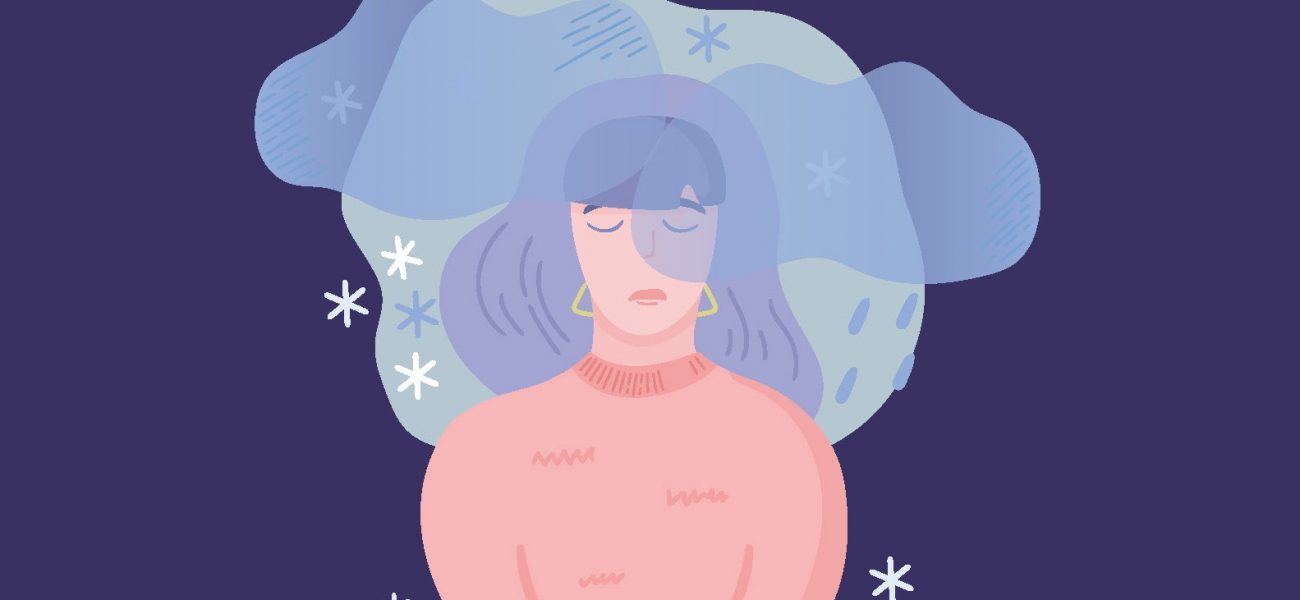Battling the winter blues can be more literal than you think, so with Dr Natasha Bijlani, a consultant psychiatrist (priorygroup.com) we find out how to cope when the season changes
Feeling blue
“The symptoms of SAD include low mood for most of the day, lethargy, a greater need for sleep, eating more than usual (especially craving sugary, carbohydrate-rich foods which often result in weight gain), tension, an inability to tolerate stress, along with decreased interest in sex and physical contact,” says Natasha. “People with SAD also report feeling miserable, guilty, hopelessness and even despair.”
Darker days
“SAD is different from other forms of depression,” says Natasha. “There’s usually a predictable seasonality of moods. Patients also report sensitivity to environmental light and respond favourably to bright light therapy. It’s thought that people with SAD may have abnormally low levels of serotonin (a chemical in the brain which affects mood) in winter months, and have a disordered secretion of a hormone called melatonin, which affects sleep and mood patterns. Genetic, family, psychological and social factors may be involved as well. ”
Let in the light
“The management of SAD can include: light therapy with a special light box which is effective in up to 60 to 85 percent of cases, use of antidepressant drugs, psychological treatment (particularly cognitive behaviour therapy), and self-help strategies such as making appropriate environmental changes, doing regular physical exercise and adjusting one’s diet,” explains Natasha. “Environmental changes can include sitting near windows when indoors and making time for regular daily walks during daylight.”
Seasonal patterns
“Seasonal affective disorder (SAD) is a form of depression that occurs during the winter months,” says Natasha. “It tends to occur in the northern and southern hemisphere and is more rare in those who live within 30° of the equator, as daylight hours tend to be longer, constant and generally bright. The exact cause of it isn’t fully understood. One theory is that it may be related to changes in the amount of daylight during the autumn and winter months, which can affect the levels of serotonin and melatonin in the brain and influence mood. The symptoms of SAD usually recur each winter and continue until spring. A diagnosis can be made after three or more consecutive winters of experiencing symptoms.”




















